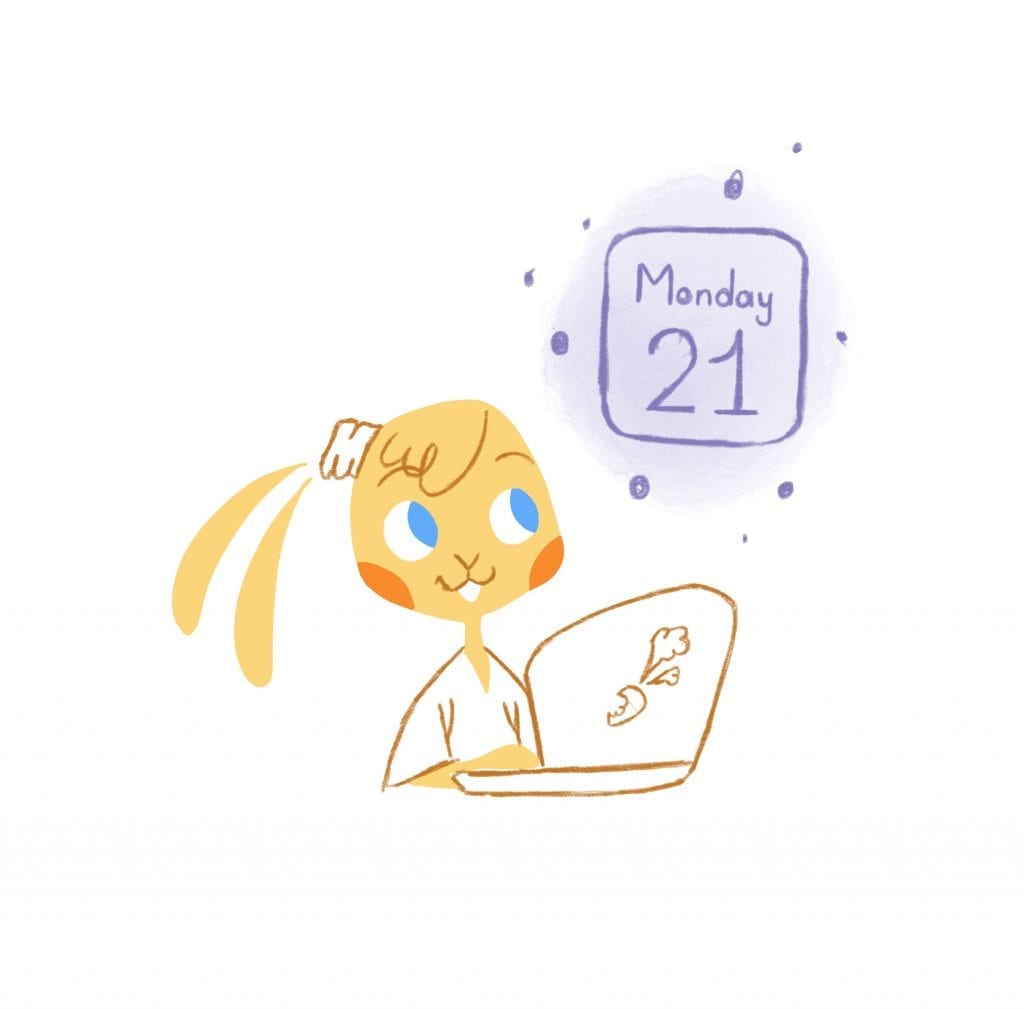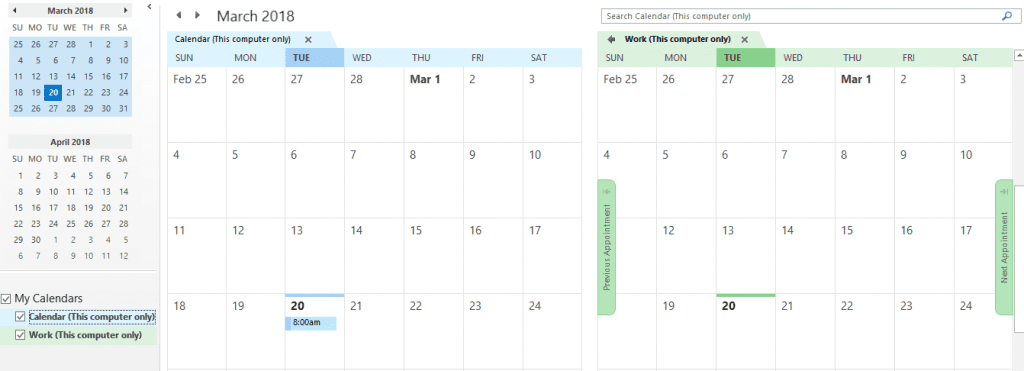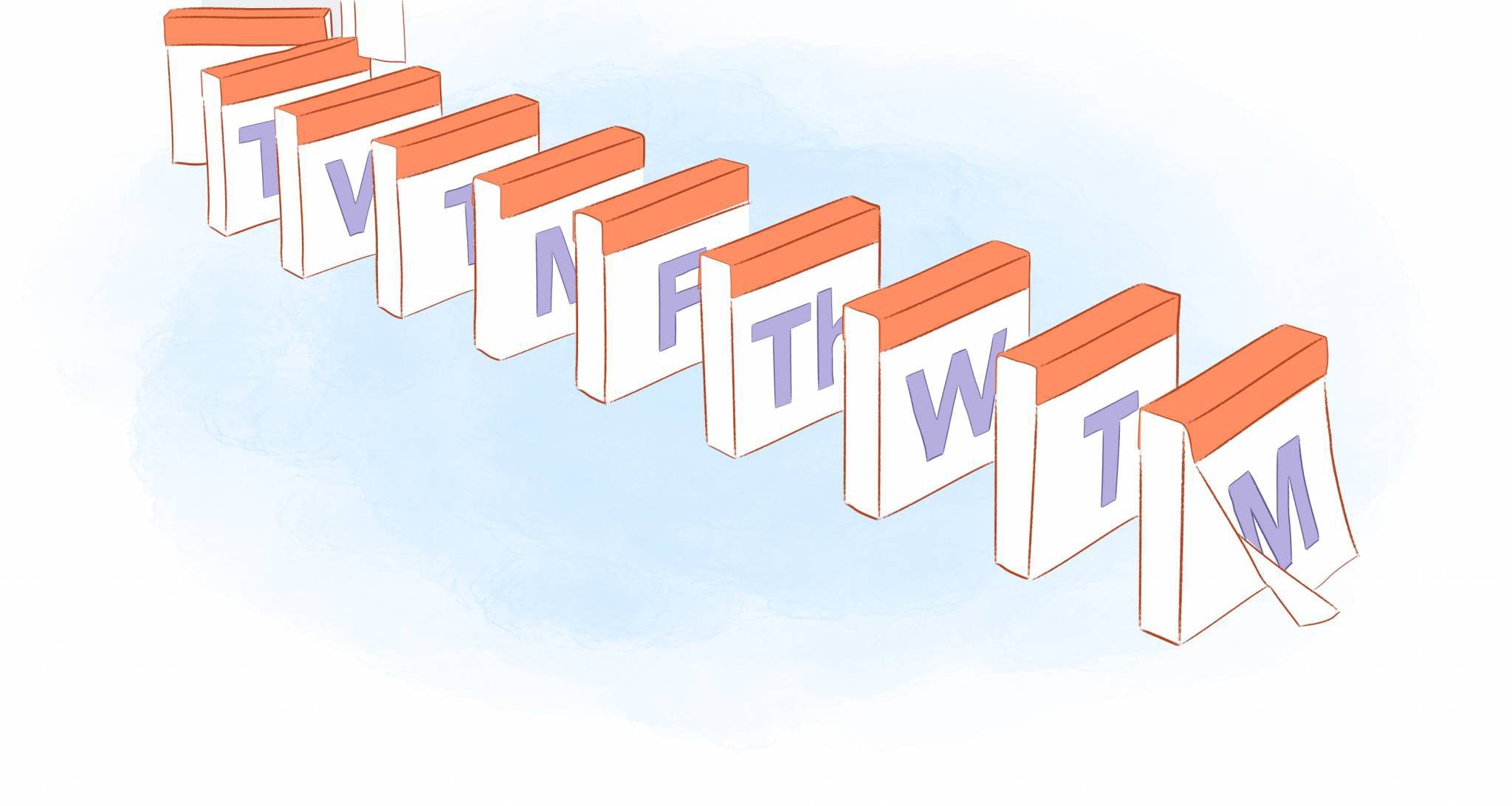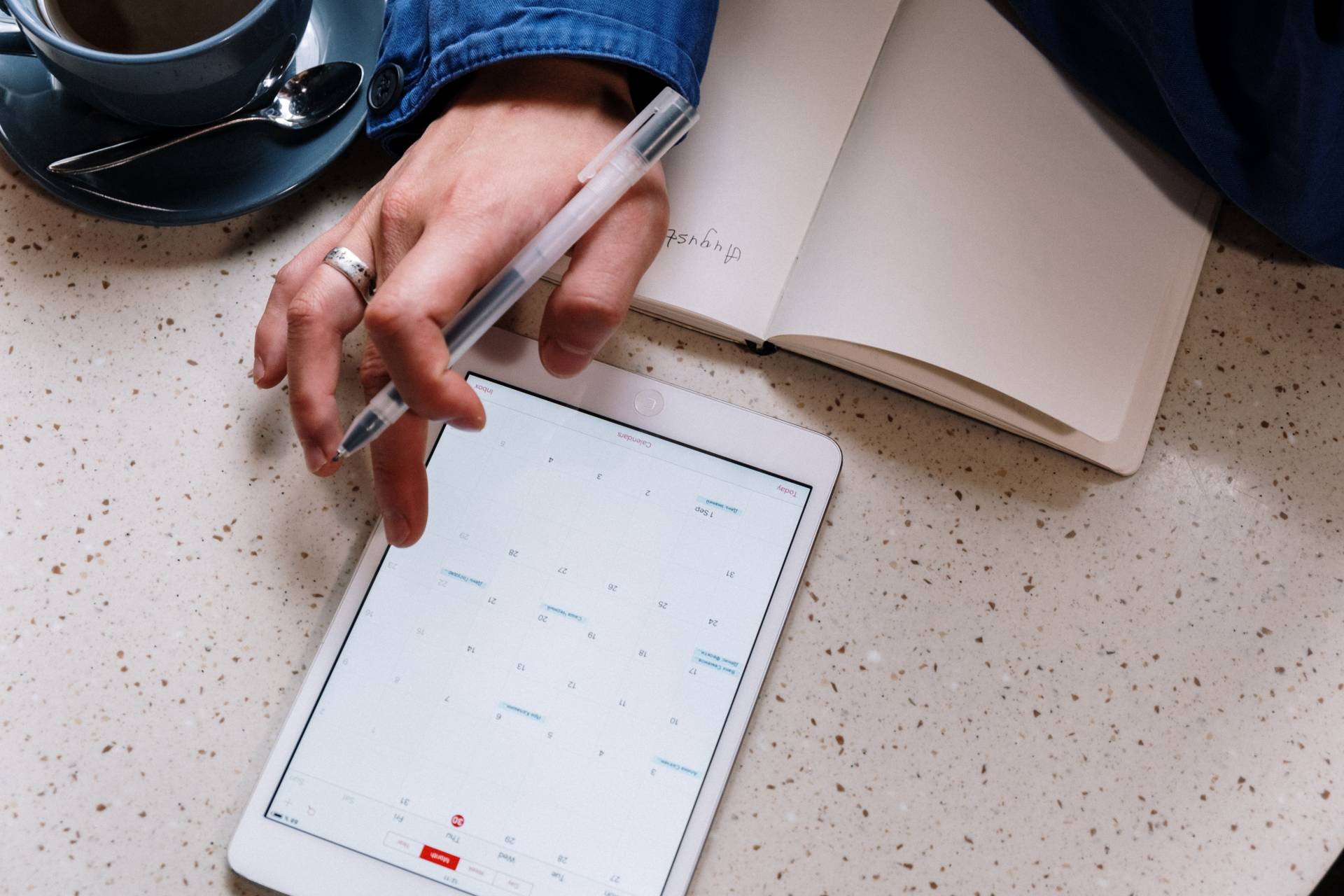

I’m surprised at how many people don’t really know how to use their calendar effectively. After all, your calendar can help you make the most of your workday, streamline your efforts, and ensure that you won’t double-book hours or forget about important meetings, events, or todos.
Your calendar could probably be considered the best productivity tool available.
But, how can you make sure that you’re getting the most of your calendar? Here’s 10 tips that will help you accomplish that feat.
1. Get to know your calendar.
First things first, spend some time getting acquainted with your calendar. This allows you to know what features are beneficial to you, as well as learn any hacks like shortcuts.
For example, you can quickly add an event in Apple’s Calendar with ⌘ + N or pressing ‘q’ in Google Calendar. Most calendars are now equipped with natural language so that it can predict what you’re typing or you can simply speak into your phone to add an event.
The point is that when you know what your calendar can and can not do, you’ll be able to get the most bang for your buck.
To help you get started, here are some useful guides to look over:
- Making The Most Of Office 365 Calendar
- The Ultimate Guide To Google Calendar
- Yahoo Calendar Productivity Tip Guide
- Welcome to Calendar
2. Create a zero-based Calendar.
Promoted by Cathryn Lavery and Allen Brouwer, co-founders of BestSelf Co, the Zero-Based Calendar is where you account for every second of your day. This way there’s no blank space in your calendar. If something isn’t scheduled, it doesn’t deserve your attention.
To get started you first need to book everything you have to do throughout the day. From breakfast to phone calls to meetings to breaks. Everything gets added to your calendar.
After that you estimate how much it will take to complete each task. “Without a clear start and finish time, tasks will eat up way more time than necessary,” Lavery says. You’ll want to add tasks to your calendar with specific time blocks. You’ll discuss this more shortly.
Next, you want to use-up your in-between time, such as the 30 minutes between meetings. “When you allocate your time consciously, you stop squandering your time,” Brouwer says.
Finally, make sure that you also protect your “personal time.” This means scheduling the things in life that you enjoy. Doing so ensures that work won’t bleed into your personal life.
3. Use the extra fields.
When you were getting to know your calendar you probably notices that there extra fields when creating an event. Don’t leave those spaces blank. Instead fill them up with notes and information.
For example, if you’re meeting a client include their phone number, the address and website of the coffee shop you’re meeting at, and anything else relevant like meeting agenda or the fact that they’re vegan.
It sounds like a lot of work, but it only takes a couple of minutes of your time. And when added, you have everything you need for your next appointment in one easy-to-access location.
4. Change the default duration.
The default duration for most calendars is one hour. You can ahead and change that. The reason? Why set aside an hour when you only need 30 minutes for a meeting? This ensures that you don’t waste any more time then you have to for a meeting or event.
Again, if you’ve tinkered around your calendar you can easily learn how to do this. For instance, in Google Calendar just go to the gear icon and hit “Settings.” Scroll down to default duration. You can then change it to the appropriate time you need for an event.
5. Use time blocks.
Block scheduling is where your organize your day based on a series of time slots. So instead of working from a to-do-list you set specific times for specific tasks. For example, on Mondays from 9am to 11am you write a blog post, on Tuesdays from 2pm to 5pm you take meetings, and so forth.
Amanda Abella writes in a previous Calendar article, “How you choose to time block depends on you, your schedule and your life. Just make sure to block off the time on your calendar so others know not to interrupt you.”
The reason why using time blocks is so effective is that it encourages you to focus on thing at a time and use every hour of your day. You can group similar tasks in your time blocks, such as emails, so that you aren’t mentally switching between tasks. As a result you’ll get more done in less time.
6. Set strategic alerts and reminders.
The point of setting strategic alerts and reminders is to help you with achieving your goals and the things that you want to remember most.
For example, you could set a daily reminder to take a break, meditate, write in your journal, read, check you email, clean your workspace, or plan your week. Every Sunday evening I set a reminder at 7pm to conduct a weekly review and plan my week.
7. Give yourself a buffer of 50 percent.
This idea comes from Greg McKeown’s Essentialism. The idea, in a nutshell, is that when you add a task to your calendar you extend the time allotted to it by 50 percent. You add this time at the beginning, the end, or 25 percent for both. It’s up to you. The idea is that by adding a buffer time your life becomes less hectic.
So if you have a 30-minute conference call planned, set aside 45 minutes so that you have time to refresh for your next call. Have an hour long meeting? Plan for 15 extra minutes before and 15 minutes after for prep and overtime.
8. Follow the “rule of three.”
Chris Baily, author of The Productivity Project, developed this rule where you think in three time frames:
- What three things do you want to accomplish today?
- Which three milestones do you want to complete this week?
- What three goals do you hope to achieve this year?
You could also use color code banners so that you could just glance at your calendar where blue is daily, green is weekly, and yellow is yearly.
9. Share Your Calendar with others.
Sharing your calendar with others, such as your team or family, improves communication, boosts productivity, saves you time, and keeps everyone on the same page. That’s because they can view your calendar to see what you’re working on, where you’re at, and your availability instead of communicating back-and-forth.
For example, you can use a tool like Calendar to share your calendar with a high prospective client you just met. Just email them your calendar and they can pick a date and time to meet. The event is then added to everyone’s calendar.











John Hall
John Hall is the co-founder of Calendar a scheduling and time management app. He’s also a keynote speaker that you can book at http://www.johnhallspeaking.com.